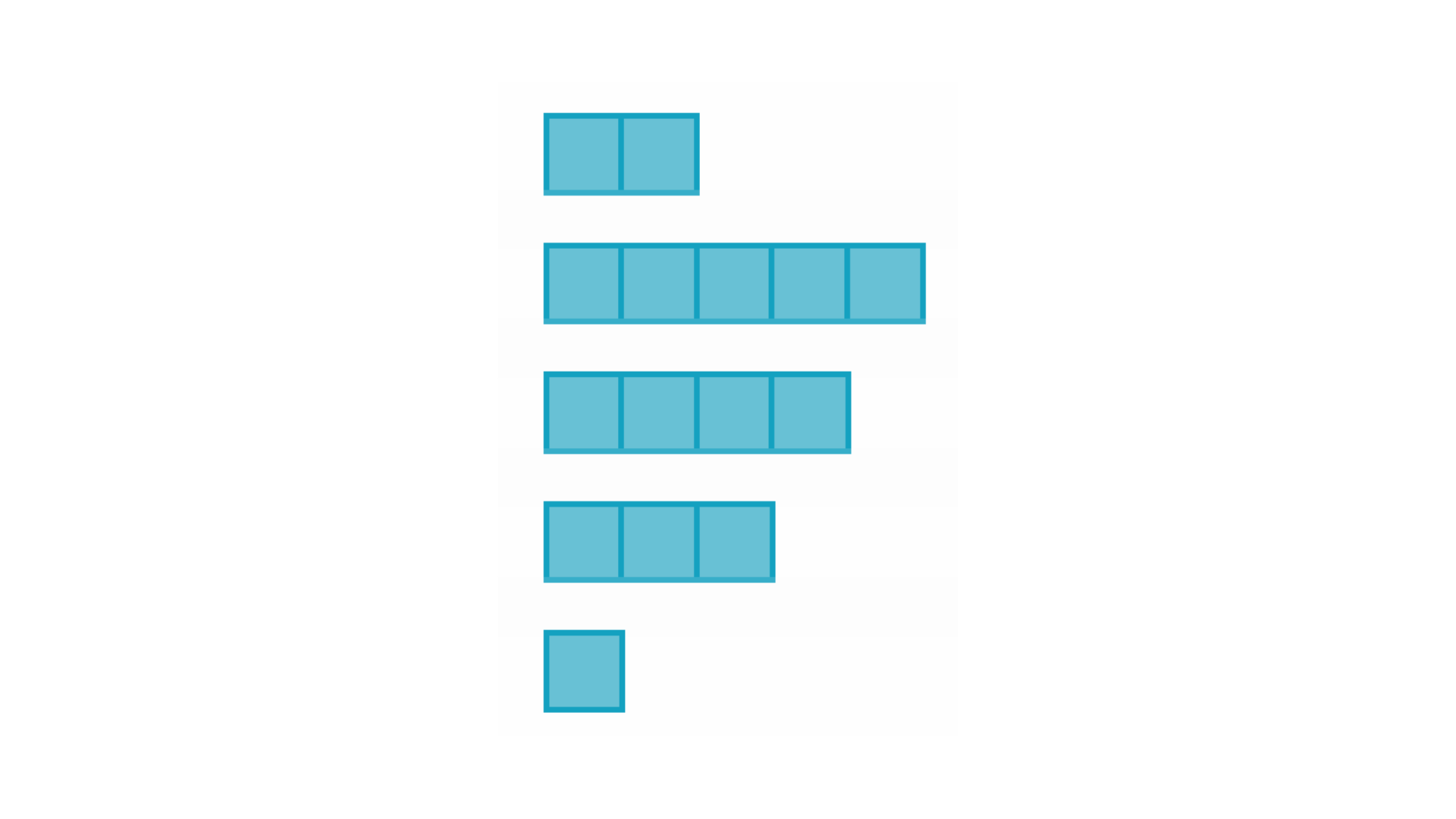Tips on how to use this exercise at home and at school.
Early maths concepts
Children have already encountered blocks in the app. At the moment, this is an exercise focusing on getting the children more familiar with them. The app works with blocks a lot in the following exercises.
The exercise promotes awareness - generalisation - of numbers using blocks. Children can 'feel' the blocks by manipulating them. They become aware of the number of pieces, compare them with each other, and drag the pieces across the screen. At first, they will count the pieces in the set of blocks even one by one, but gradually we encourage the children to "feel" the number straight away.

Why is this exercise important?
The child has the experience of counting off individual objects. Thanks to the opportunities with counting, they gradually generalize, discovering that counting on fingers or with blocks, for example, will serve them in the same way. The fingers or blocks or the abacus become a tool (model) for counting.
This is the path to a future abstract understanding of numbers.
Who is the exercise suitable for?
Generally belongs to early school games. It develops numerical ideas and rational assumptions.
Methodological recommendations
According to the assignment, various large (long) prisms, i.e. strips made up of individual pieces, will appear on the screen on the lines. For clarity, the pieces after the fifth one are separated by a wider space to make it easier to see the number that is greater than 5.
If a child has the number 7 on his fingers, he can already point 5 fingers and 2 to go with it without thinking. He or she realizes that 7 is 2 more than 5, although he or she cannot yet put it into words in this precise way.
In the settings we can make the tasks easier or harder:
Tips for similar activities outside the app
We can use any sorting and comparing of objects. We can use Lego blocks, wooden blocks or cut straws so that their size expresses the relationship between the numbers 0-5.
Each part of the object must represent one part of a particular number. For example, the number 5 will have five equal-sized pieces of cut straw. A three will be represented by three equally sized bones, and so on.
The child can then sort the straws blindly (manipulating the straws and holding a towel over his hands). In this way, he or she will engage in tactile proprioceptive perception (sensory perception that both controls and determines the tension of our muscles).